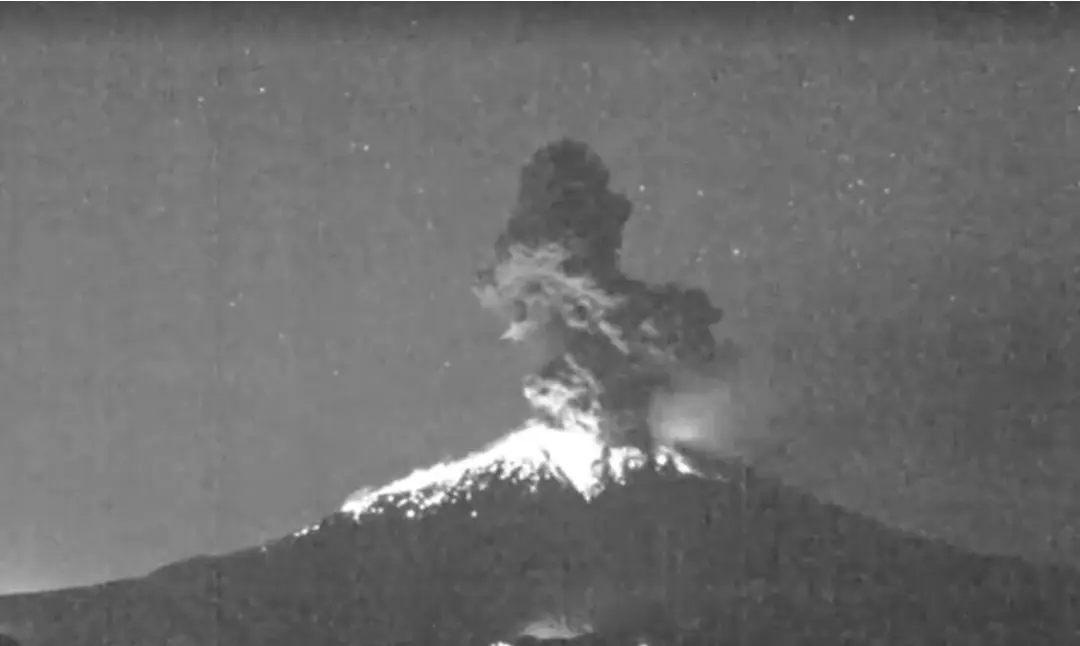COPENHAGEN—A volcano in southwestern Iceland erupted on Thursday for the third time since December, pumping lava up to 80 meters (260 feet) into the air and threatening to disrupt life in the Reykjanes peninsula.
Video footage showed fountains of bright-orange molten rock spewing from cracks in the ground as daylight broke.





